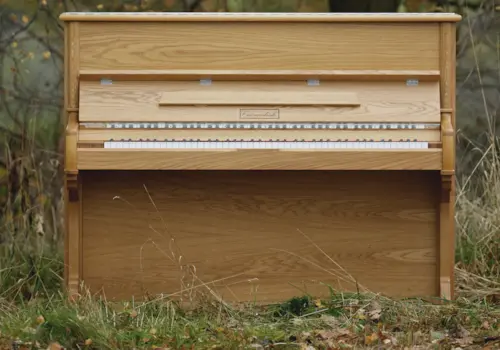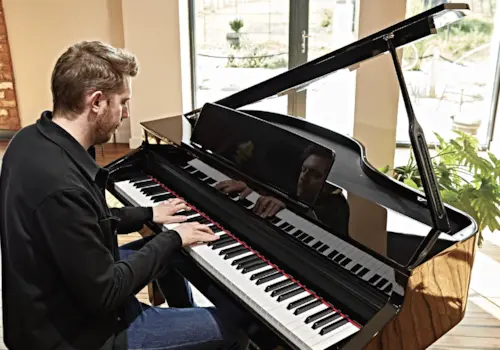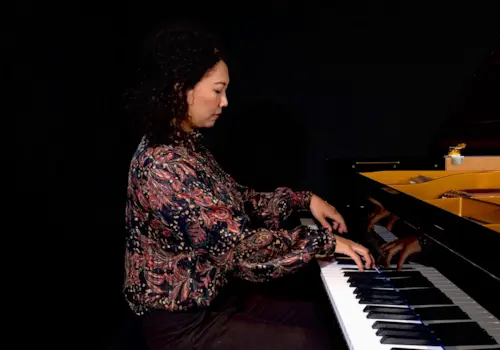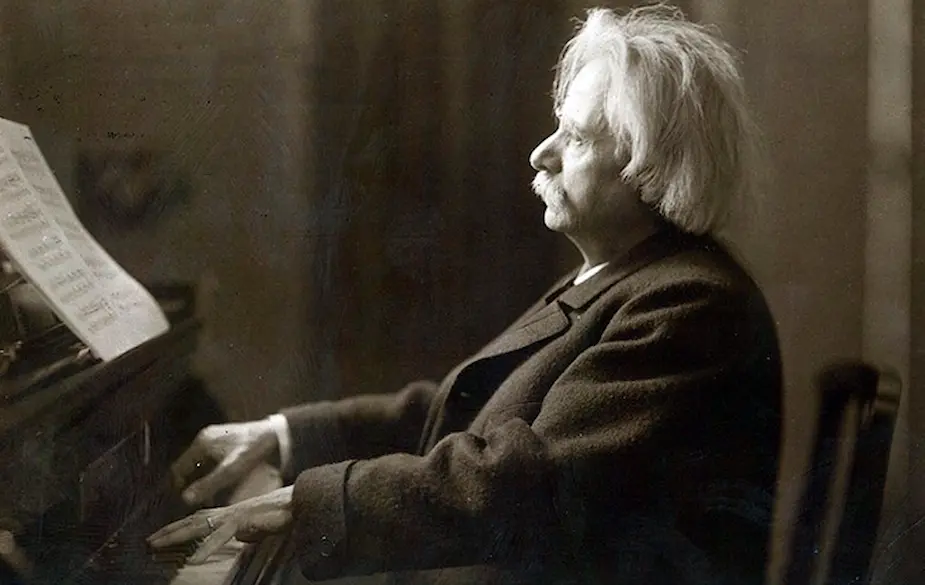05 March 2018
|
Fragmentary sequel to the A minor masterpiece receives a completion and first recording.
Edvard Grieg died suddenly on 4 September 1907. He had suffered for several years from a weak chest and associated illnesses and disorders, but nevertheless, he was on the point of undertaking another tour of England where he was always well received: his own family were Scottish in origin and both his father and grandfather had acted as British consuls to the Norwegian government.
On his death, he left 150 bars of a projected piano concerto – his Second, as it would be – and although efforts have previously been made to complete them, nothing substantial has emerged. Until now: On 30 March 2018 SOMM Recordings will release the first recording of Grieg’s ‘Second Piano Concerto’ played by pianist Mark Bebbington with the Royal Philharmonic Orchestra conducted by Jan Latham-Koenig.
The completion has been undertaken by the producer, writer and all-round musician Robert Matthew-Walker. Having been commissioned to write the concerto by Peters Edition in 1882, Grieg left a short score: following his scant instrumental indications, Matthew-Walker has orchestrated the complete sketches in the sequence in which they were left, to make a coherent single movement giving, for the first time, the clearest indication of what Grieg had in mind for a work left tantalisingly unfinished.
Having studied and recorded the resulting work, Bebbington remarks that ‘It is fascinating to see and hear what was in Grieg’s mind as he embarked on this Second Concerto; certainly the jaunty opening idea shares a similar character to the main Allegro theme of the A minor Concerto’s Finale, but elsewhere there are simply tantalising glimpses of what might have been.’
Robert Matthew-Walker remarks that ‘As Grieg’s Second Concerto is unperformable, it seemed to me that rather than let the music remain on the printed page, it should be perfectly possible to present his sketches in such a way that they can be heard in a manner as close to his sound-world as we can get. The sketches, when placed together in sequence, make a broadly coherent single movement, although it is very unlikely that Grieg intended other than a three-movement work. None the less, in hearing those sketches, one after another, flowing as naturally as they do, the listener is at last able to hear just what was in Grieg’s mind at the time.’
The SOMM recording is completed by both the more familiar (and complete) A minor Concerto of Grieg, with a more rarely heard but complementary work, the Piano Concerto of Frederick Delius, for whom Norway was a spiritual home and who counted Grieg as a close friend.
You can read more about the A minor Concerto in issue 101 of Pianist which is headlined by Jean-Efflam Bavouzet. The French pianist has recorded Grieg’s Concerto for Chandos with the Bergen Philharmonic and Edward Gardner, and he discusses the piece and his personal discovery of its unique features in an interview with Jessica Duchen.
Also appearing in issue 102 is a focus on Scandinavian music in general, with a number of scores by Scandinavian composers including Grieg.







